Remembering John Smith 20 years on: What would his Government have looked like?
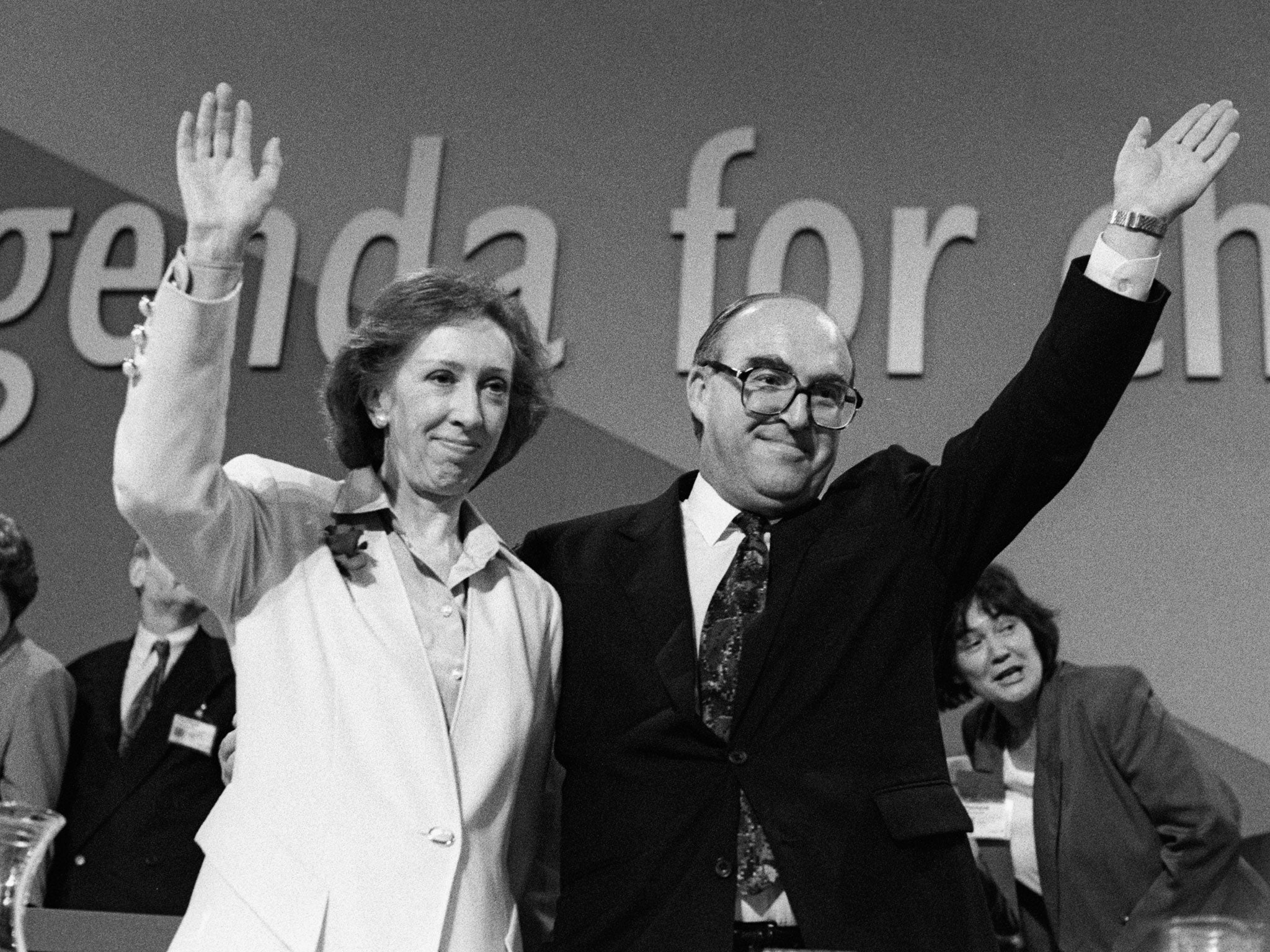
When John Smith suddenly died, at the age of 55, it turned into one of those curious days when something that the Westminster village had sort of known for a while crystallised into certainty. It became obvious that the years of Conservative government were coming to an end and Labour would soon be in power. Had it not been for that fatal heart attack which struck on 12 May 1994, John Smith would have been Prime Minister.
The Scottish Conservative Party conference was being held that day. The cameras caught the shocked reaction of the representatives when it was announced that he was dead: they realised this was more than a news item, it was an event. The story on the front page of The Sun the next morning began with the words: “Britain’s next Prime Minister died yesterday.” The headline in The Independent was “The Man Who Would Have Led Britain.” On the commuter trains, it was noticeable that every passenger was reading a newspaper: unusually, they were reading the front pages.
Up until the day before Smith died, the conventional wisdom was that the Conservative Party, which had polled more votes than ever before at the 1992 general election, might yet recover from the disaster of sterling’s exit from Europe’s Exchange Rate Mechanism and from its internal warfare over Europe.
There were local elections exactly a week before John Smith died, in which Labour took 42 per cent of the vote – fractionally below the 43 per cent achieved at the general election, but comfortably enough to see Labour into power with a commanding majority. But the results were patchy: Labour lost council seats to the Liberal Democrats in parts of England, giving the impression that in the south at any rate, people were voting against the Conservatives rather than for Labour.
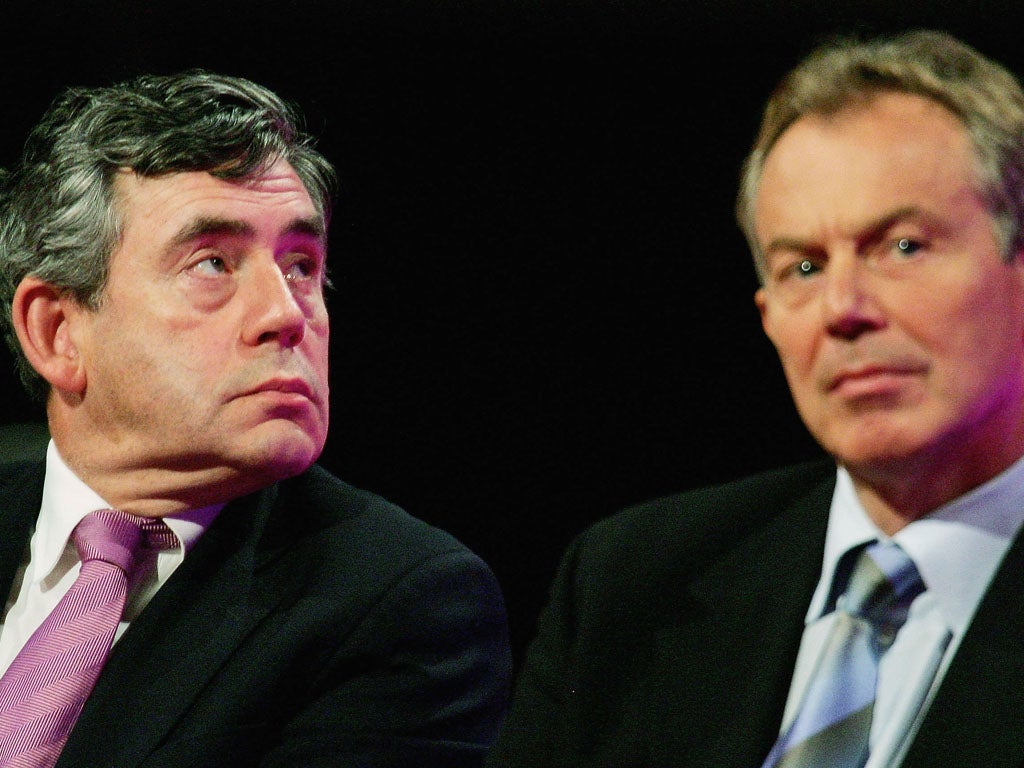
After Smith’s death, there were two months in which the Labour Party was the biggest political story around, as they put him to rest and chose a successor. The result of the leadership election was predictable. Indeed, I predicted it: on the day Smith died I was invited as his biographer onto the BBC’s 6 o’clock news, and was asked to name the next Labour leader. I was not expecting the question and had not thought about it, but as soon as it was asked, the answer was obvious: it would be Tony Blair. I also predicted that if there were a contest for the deputy leadership, John Prescott would win that.
A leadership contest heading painlessly to such an obvious conclusion, with the contestants knowing and accepting the result beforehand, was graphic proof that the Labour Party had transformed itself since its catastrophic self-inflicted defeat in the 1983 general election. This was a party with a collective will to win.
That shared determination would have seen John Smith into Downing Street even though he lacked some of Tony Blair’s vote-catching qualities and would not have surrounded himself with as high-powered a team as Blair assembled. He would not have roared into Downing Street with an overall majority of 177, as Blair did, but after 18 years in opposition, Labour would have well content with any majority at all.
It is possible to make a few educated guesses as to how a Smith premiership would have panned out. Its economic policies would not have been fundamentally different from that of the Blair government, because it would have featured the same Chancellor, in Gordon Brown, with the same complicated tax structure designed to improve the incomes of the low paid, and the same resistance to joining the euro.
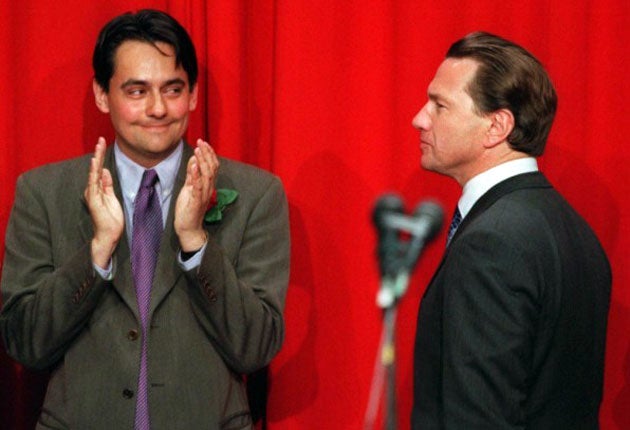
There would have been differences as to whose impact would have been political rather than economic. When Blair was opposition leader, he and Brown agreed to make a commitment to stick to Conservative spending plans for their first two years in office – an adroit piece of politics that caused a great of tension within the Labour government. It is highly unlikely that Smith would have made that same undertaking. Not doing so would have cost votes, but saved the incoming government unnecessary hassle.
As shadow chancellor, Gordon Brown considered introducing a 50p top rate of income tax, but was overruled by Blair. Smith would have agreed to it: he proposed the same when he was shadow chancellor before the 1992 election. Brought up in a small town in western Scotland, where observing Sunday as the Lord’s Day was treated very seriously, Smith had an almost moralistic view about whether the wealthy should pay tax. He once said: “One should shoulder that obligation as part of one’s citizenship and be proud of it.”
Smith also supported introducing a national minimum before it was Labour Party policy, when craft unions opposed it because it would erode their differentials. It is unlikely that he would have opted for the politically astute idea of devolving the responsibility for setting the minimum wage to a specially created quango. Probably, under a Smith government, the rate would have been set by politicians, and would have been higher than it was in the Blair years. The government would then have been open to attack whenever a firm closed down or shed jobs because its management said that they could not afford to pay the minimum rate.
In addition to these potential vote losers there would have been simmering tensions within the Smith Cabinet. Each of its three leading members would have had a court of advisers and spin doctors operating in a constant state of rivalry, with the court of the Home Secretary, Tony Blair, as the main source of covert opposition to the Prime Minister.
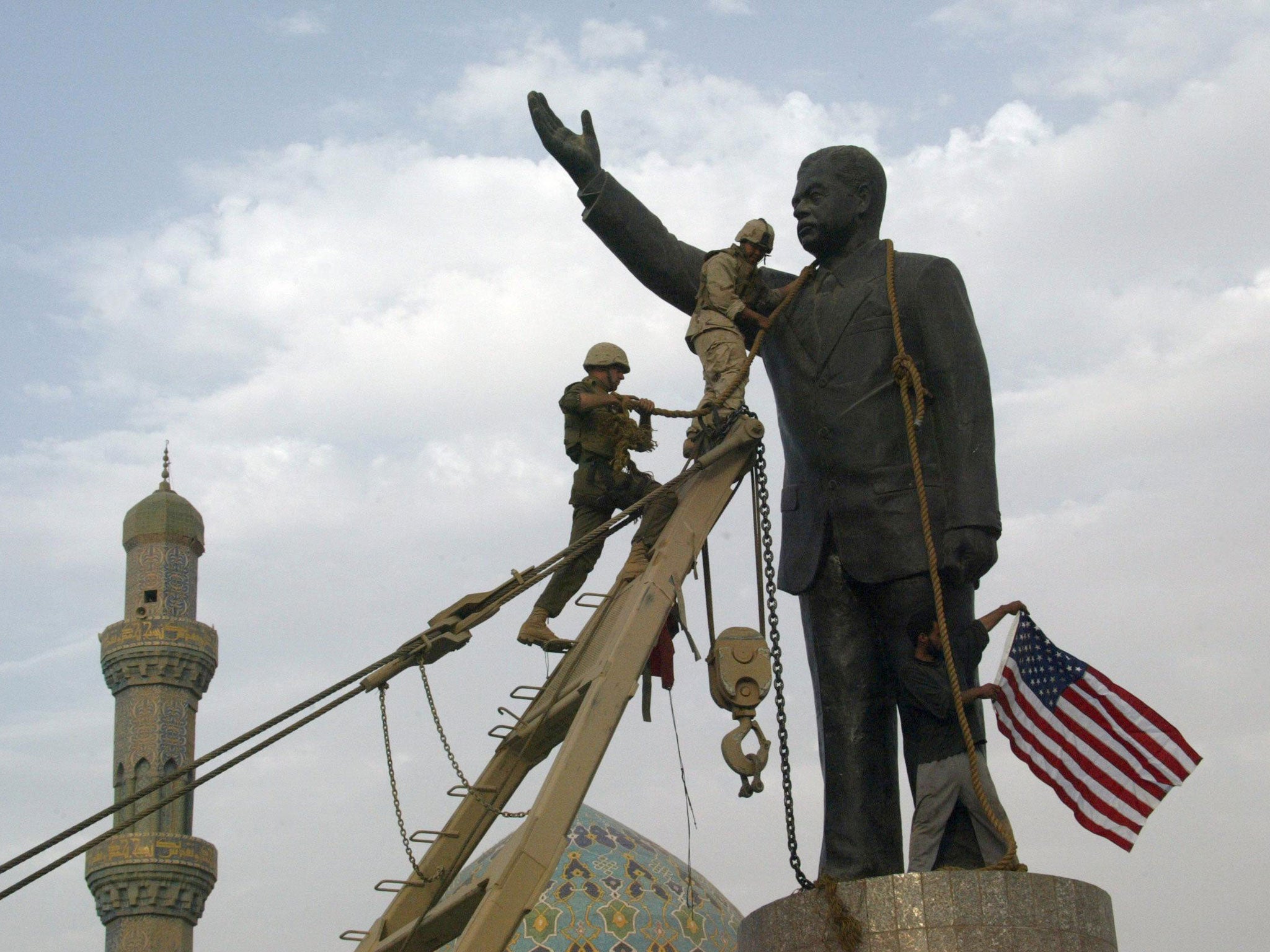
One of the great strengths of Blair’s Labour Party, in opposition, was the energy and skill with which its spin doctors set out to rebut every negative story, no matter how trivial. A classic example was when alert hacks noted that Humphrey the Downing Street cat had disappeared, and a rumour spread that Cherie Blair had had him put down. This was comprehensively rebutted by the press team, who organised a photocall of Humphrey, alive and cared for, in his new home.
The spin doctors were also quick to publicise the huge individual donations Labour was receiving from wealthy individuals who would never have supported the party in its pre-Blair days – though one donation which was supposed to stay secret was the £1 million received from the Formula One boss, Bernie Ecclestone, which blew up into the new government’s first scandal.
John Smith had an old-fashioned scepticism about high-pressure spin doctoring. I suspect he would have offered Alastair Campbell a peerage, but would not have offered him a job.
I was talking to his oldest daughter, Sarah, around that time. She would have to admit, I said, that if her father had been Prime Minister, he would never have grasped the importance of demonstrating that Humphrey the Downing Street cat was all right. “No, he wouldn’t,” she confessed. “And he wouldn’t have taken a million quid off Bernie Ecclestone either.”
By 2001, Smith would have been 62, and may have decided that it was time to hand over to Gordon Brown - if he could - or Tony Blair - if he had to - and if he had stayed he might have lost that general election to a reviving Conservative Party whose leader, presumably, would have been the televisual Michael Portillo.
Michael Portillo had won Enfield Southgate in 1992 with a majority of 18,345, making it almost unthinkable that he could fail to hold it again, yet in the biggest single shock on a shocking night for the Conservatives, Labour’s Stephen Twigg took it off him, by 1,433 votes. A swing of that magnitude must have been at least partly down to middle class taxpayers feeling safe with Tony Blair, in a way that they would not have done with John Smith.
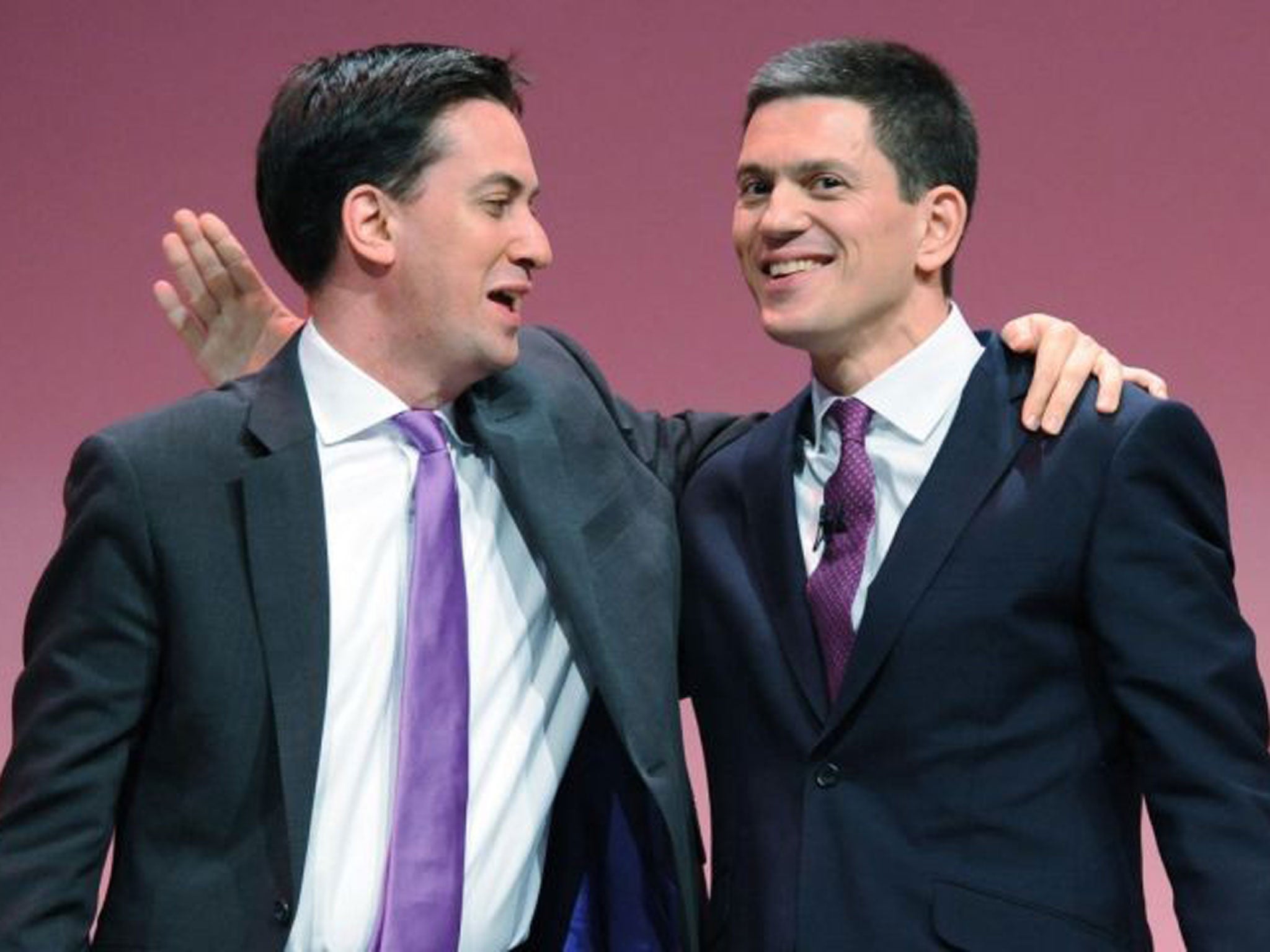
If, however, he had still been in office at the age of 64, he would have been confronted with the decision about whether to send British troops into Iraq. When the earlier Gulf War erupted, in 1990, Neil Kinnock managed with considerable difficulty to steer the Labour Party into supporting military intervention. The issue was discussed at a fraught session of the shadow cabinet, at the end of which one of Kinnock’s advisers loudly and indignantly pointed out that there was one member of the shadow cabinet who had unhelpfully sat through the whole session without speaking. It was John Smith. He would not, I surmise, have embroiled the UK in the 2003 Iraq adventure.
Assuming physical and political health had allowed Smith to choose his own retirement date, I surmise that he would have bowed out in the summer of 2003, ahead of his 65th birthday. I doubt that Tony Blair and Gordon Brown would then have met in a restaurant and agreed that they could not both run for the leadership: I suspect that they would have run against each other. The result could have been a harbinger of the 2010 contest between the Miliband brothers, in which the MPs and party members voted for Tony Blair but the unions delivered it for Gordon Brown.
Even if Blair had won, and had led Labour to a third successive victory in 2005, he would not have had the same aura as a unique vote-winner that he acquired by leading Labour out of the long years of opposition. In reality, after threshing around for a few years, the Conservatives settled in 2005 on a young leader, in David Cameron, who was their version of Tony Blair; but if Labour had achieved its first electoral upset under a middle aged Scot with the air of a friendly bank manager, the notion that you have to be young and slick to be a political leader might never have become Westminster’s accepted wisdom. Instead, the nation could have decided that age, solidity and experience are the qualities needed in a Prime Minister. And as for our current leader… who knows we he – and us – would be.
Join our commenting forum
Join thought-provoking conversations, follow other Independent readers and see their replies
0Comments